Watching a parrot imitate human voice is a sheer joy and at the same time a mind-boggling experience. Since the early days of the parrots, they have been trained to talk to their human companions and the likes of saying “hello” and asking for a cracker. This extraordinary talent not only ensured the parrots’ place as the most sought-after pets but also intrigued the scientific community considerably. Why can parrots talk human words with such clarity? The explanation lies in a captivating combination of special anatomy, high learning capacity, and social instinct.
This post will explore the science behind the reasons for parrots talk. We’ll look at their specialized vocal organs, the learning mechanisms they use, and why they mimic sounds in the first place. Later we will discuss “how do parrots talk?” as well as the introduction of the best talking parrots for sale on the market.
Why Can Parrots Talk?
Parrots can talk like mimicry of human speech because of a unique combination of anatomy, brain structure, and social intelligence. Below are the details:
1. The Anatomy of a Talking Parrot
Parrots don’t have a larynx (voice box) with vocal cords to make sounds. They have the syrinx as their vocal organ. The syrinx is a vocal organ situated at the base of the trachea where it bifurcates into the lungs. It is the reason why parrots can control their vocalization to an amazing extent. Because of how the syrinx muscles work, parrots can manipulate airflow very precisely, reproducing complex sounds like:
- Human words
- Whistles
- Doorbells
- Even phone ringtones!
The syrinx consists of two parts that can be managed separately. Consequently, parakeets can create an array of intricate sounds, including the simultaneous production of two distinct notes. Parrots are able to mimic the sounds and patterns of human speech quite well by managing the muscles surrounding the syrinx very precisely, and also utilizing their tongues and beaks to modify the sounds.
2. A Brain Built for Vocal Learning
Research over the past few years has shown that parrot brains are uniquely organized for vocal learning. They have separate parts in their brains called “song systems” that are necessary for the learning, production, and perception of complex sounds.
The most important difference is that parrot song systems have an extra structure—a “shell” region—that is absent in songbirds. Researchers think that the presence of this specific brain area might offer parrots a great deal of help in imitating sounds from their natural vocal repertoire, human speech being one of them, due to its being so wide and complex.
3. Social Motivation
It’s important to understand that parrots can’t talk like humans. They do not comprehend grammar nor do they create new sentences to elaborate on abstract concepts. However, they are still very good at imitating vocal sounds. Parrots first identify frequently made noises in their surroundings and gradually become able to produce those sounds in a specific context.
Consider, for instance, that a parrot might mimic “hello” upon the entry of a person into the room or “goodbye” when that person exits. This is not due to the parrot comprehending the words’ meanings, but rather the parrot has been taught through repetition that those sounds are suitable for those specific situations. This is an example of associative learning, similar to a dog that has been trained to sit for a treat.
Why Do Parrots Mimic?
But what really motivates a parrot to mimic a sound? Several researchers have come up with different explanations but all of them point to social behavior.
- Social Bonding: Wild parrots will imitate their flock’s calls in order to be accepted and to reinforce their social connections. It is the same with pet parrots; they regard their human family as their flock and thus use the “calls” (i.e., our words) the way to connect with them.
- Seeking Attention: Parrots are very smart and very social animals. They soon realize that mimicking human words almost always brings about attention, treats, orPraise. This positive reinforcement makes them talk more.
- Natural Instinct: Many parrot species consider mimicry a natural survival instinct. By imitating the calls of their flock they possess all the communication skills regarding food, predators and other important matters.
What are the Best Talking Parrots for Sale?
Many parrot species can mimic sounds. But some birds are very skilled and can mimic clearly. The African Grey parrots are widely considered as the best talking parrot. It is known for its extensive vocabulary and clear speech. Other notable talkers include:
- Amazon Parrots
- Budgerigars (Budgies)
- Quaker Parrots
- Indian Ringneck Parakeets
- Some Cockatoo species
The cost of talking parrots can vary widely, from as little as $20 for a budgie to several thousand dollars for a well-trained African Grey for sale.
Read more about: How to choose perfect talking parrots for sale
Where to Get the Best Talking Birds for Sale
There are several trustworthy breeders and vendors who offer talking parrots like African Greys, Love Birds, Concures, a variety of Cockatoos for sale or other species over the internet, however, it is very important to conduct buyer verification. It is necessary to check the seller’s moral standards before buying any bird. Look for breeders who always do the following:
- Give a written health guarantee and veterinary records.
- Use hand-feeding and socialization methods which are ethical and thus very un-intrusive to the birds.
- Make it possible for people to come to their facility or arrange live video tours so that they can see the environment and parent birds.
- Do not hide any information about the bird’s age, lineage, and whether it has been tested for common diseases or not.
How Do Parrots Talk?
In case you own a parrot and wish to teach it to imitate, here are some easy and effective ways:
- Repeat, Repeat, Repeat: Always speak simple words or short sentences in the presence of your parrot.
- Use Association: Assign certain words for certain actions, for example, “good morning” when you lift their cage cover.
- Offer Positive Reinforcement: Give your parrot a compliment or a tiny treat every time it tries to vocalize.
- Speak Clearly: The use of an enthusiastic and obviously loud voice can help in getting their attention.
A Marvel of Nature
A parrot’s ability to mimic human speech is more than just a clever party trick. It’s a complex behavior rooted in specialized anatomy, advanced neural pathways, and deep-seated social instincts. While they may not understand what they’re saying, their capacity for vocal learning provides a unique window into animal intelligence and communication. By understanding the science behind their “talk,” we can appreciate these incredible birds even more.

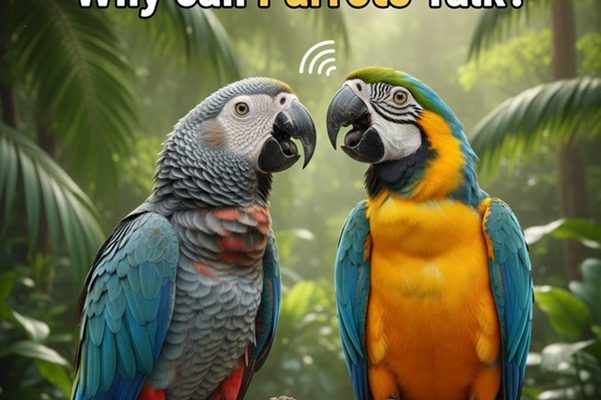
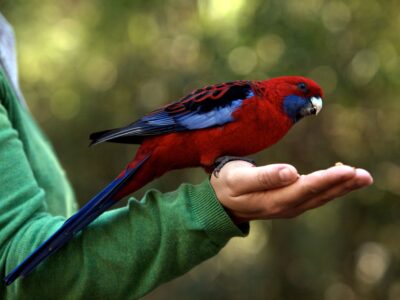
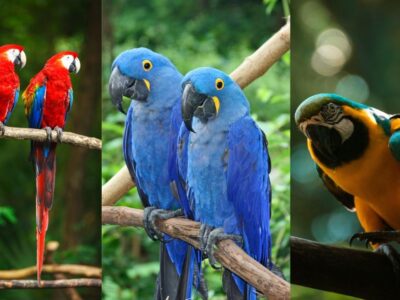
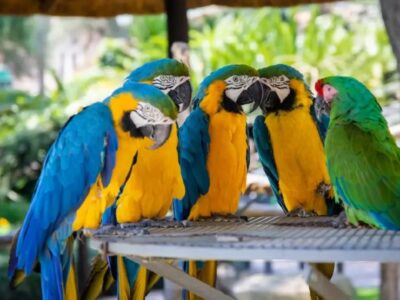
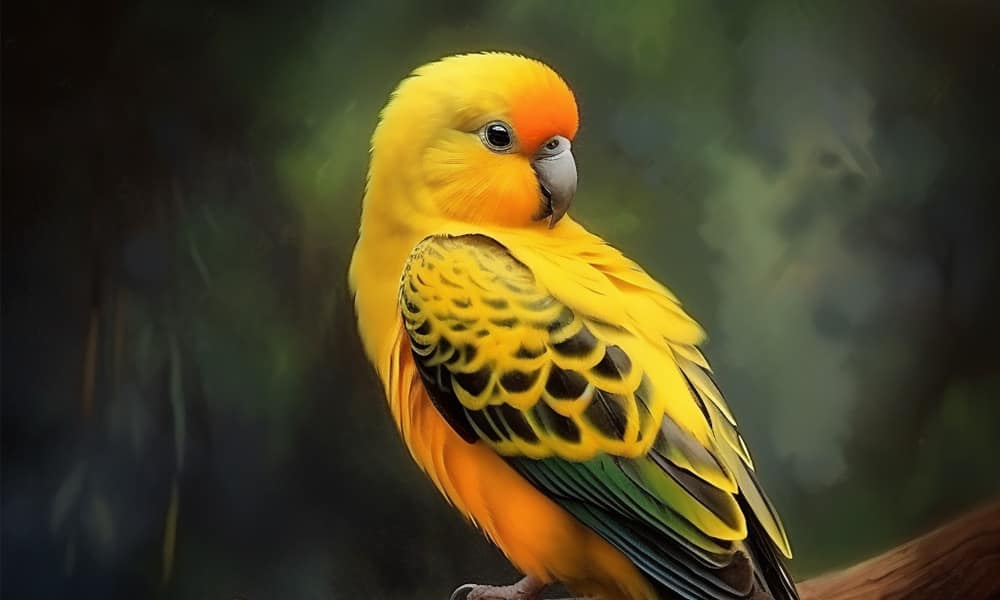
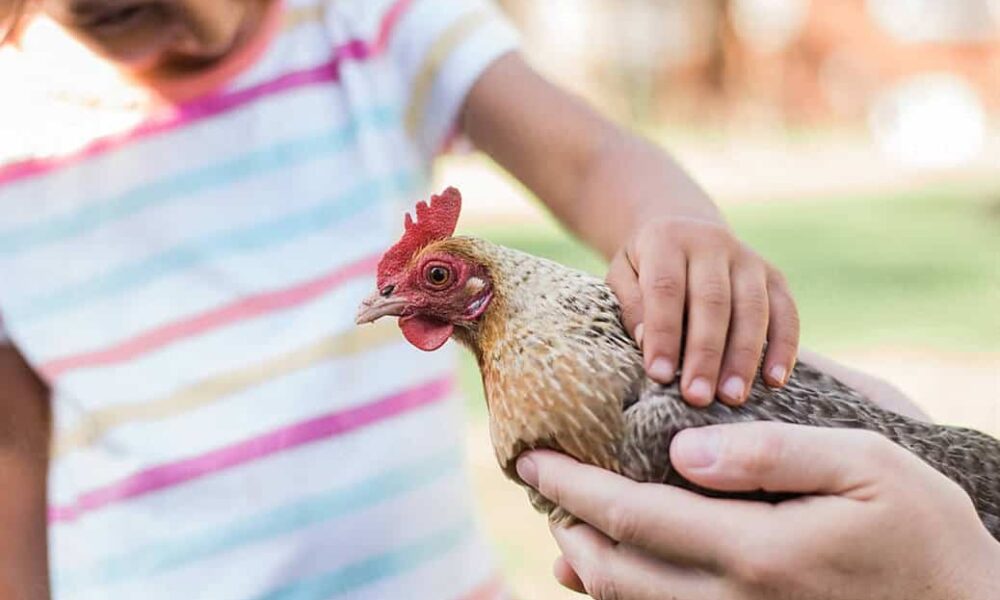
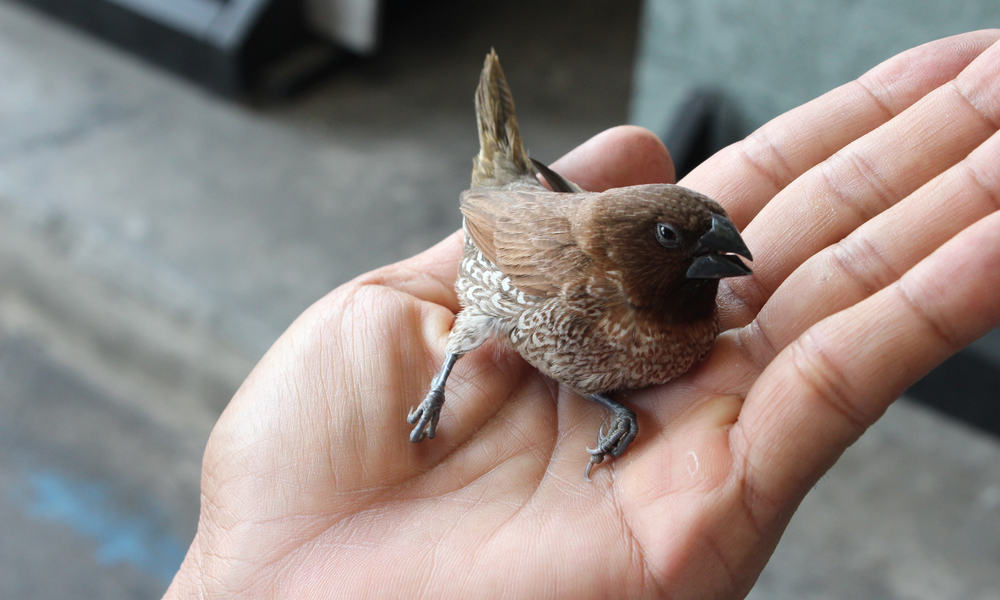
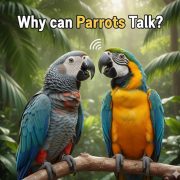



Comments